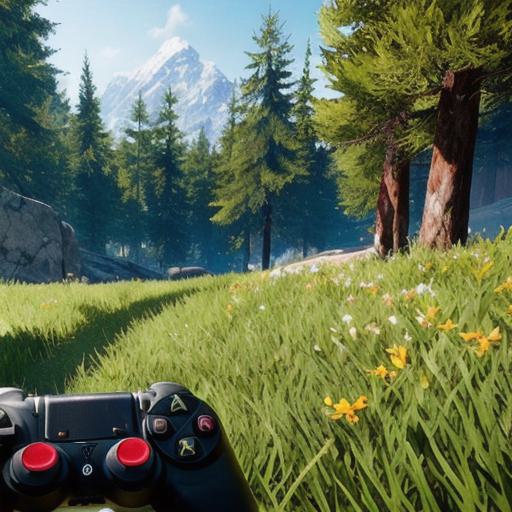Are you a developer looking to create your own games? Look no further than Rust programming language. With its focus on safety, performance, and concurrency, Rust is quickly becoming one of the most popular languages for game development. In this article, we’ll explore how to get started with Rust game development and provide tips for creating engaging and interactive games.
Why Choose Rust for Game Development?
Rust offers several advantages over other programming languages when it comes to game development. First and foremost, Rust is designed with safety in mind. Unlike C++ or Java, Rust includes features like ownership and borrowing that prevent common bugs such as null pointer exceptions and buffer overflows. This means that your games will be more stable and less prone to crashes.
Another advantage of Rust is its performance. Rust’s focus on low-level memory management allows for faster code execution and better resource utilization. Additionally, Rust’s concurrency model makes it easy to write multi-threaded games that can take advantage of modern hardware.
Getting Started with Rust Game Development
To get started with Rust game development, you’ll need to install the language on your computer. You can download Rust from the official website (https://www.rust-lang.org/tools/install) or use a package manager like Homebrew or Cargo. Once you have Rust installed, you can start by creating a new project using the cargo new command.
For example, to create a new game project called “my_game”, you would run:
$ cargo new my_gameThis will create a new directory with a basic Rust project structure that includes templates for game development.
Once you have your project set up, you can start writing code. When it comes to game development, there are several key concepts that you’ll need to understand. These include:
- Game Loop: The game loop is the main event loop of a game. It runs continuously and updates the game state based on user input and other events. In Rust, you can implement a game loop using the
std::threadmodule and thestd::syncmodule for concurrency. - User Input: User input is an essential part of any game. In Rust, you can handle user input using the
winapiorsdl2crates, which provide low-level access to the operating system’s input APIs. - Graphics: Graphics are another key component of games. In Rust, you can create graphics using the
ggezcrate, which provides a simple and easy-to-use API for drawing shapes, handling events, and more. - Sound: Sound is also an important part of games. In Rust, you can play sound using the
rust_sndcrate, which provides support for various audio formats and APIs.
Tips for Creating Engaging Games with Rust
Now that you have a basic understanding of game development concepts in Rust, let’s look at some tips for creating engaging games.

- Focus on Gameplay: The most important aspect of any game is the gameplay itself. When designing your game, think about what makes it fun and engaging. Make sure that your game has a clear goal, challenging obstacles, and rewarding game mechanics.
- Optimize for Performance: Rust’s focus on performance means that you can create games that run smoothly even on low-end hardware. To optimize your game’s performance, make sure to use efficient data structures, minimize memory allocations, and avoid unnecessary computations.
- Use Realistic Graphics: Good graphics can make a big difference in the overall look and feel of a game. When designing your game, try to use realistic textures and lighting to create an immersive environment. You can also use advanced techniques like anti-aliasing and post-processing effects to improve the quality of your graphics.
- Incorporate Multiplayer Features: Multiplayer features can add a whole new level of excitement to your game. To incorporate multiplayer, you’ll need to use Rust’s networking APIs and create a server-side application that manages game sessions and player connections.
- Test and Iterate: Finally, don’t be afraid to test and iterate on your game.
